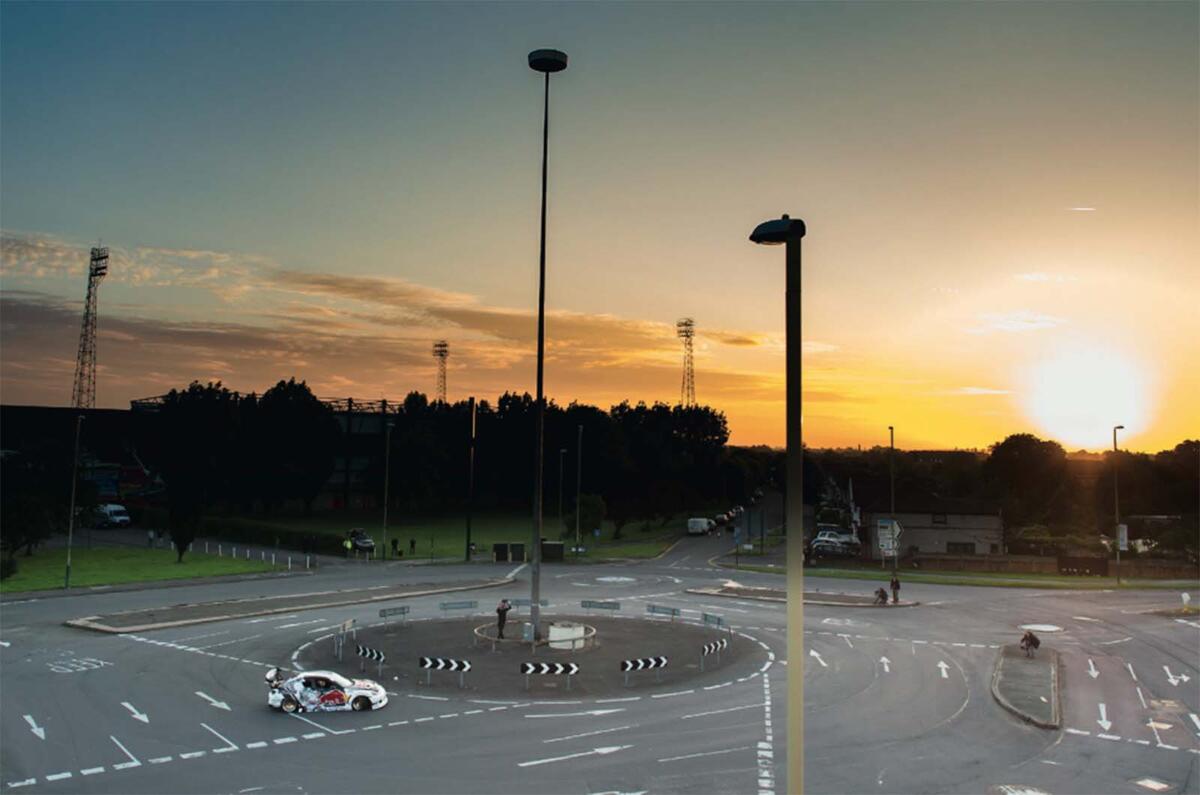You know how we like roundabouts in the UK? I thought we were world-class roundabout proponents.
Take, for example, multi-mini ‘magic’ roundabouts. In the most famous, in Swindon, five mini-roundabouts create one large one that is officially signposted ‘The Magic Roundabout’. There’s a technically more challenging, six-roundabout affair in Hemel Hempstead, but it’s lesser known, I suspect, because it’s merely called ‘The Plough Roundabout’. But both are little short of works of genius.
I use the Hemel Hempstead one quite often, and short of a hugely extravagant system of flyovers that would occupy the entirety of south Hertfordshire, I can’t think of a system that would deal with so much traffic, from so many routes, with such deftness.
Sure, there’s a bit of a skill to it – a touch of planning required – but all you really need to remember is that each one is a roundabout and the same rules apply to each one.
If there was one thing, I thought, that the British did wrong with roundabouts, it was routinely stick traffic lights on what is, ultimately, a fine engineering answer all on its own, and leave them on all the time. Okay, sometimes, at really busy times, traffic lights are useful. But wilfully stopping vehicles in quieter traffic conditions is unnecessary, polluting, wasteful and infuriating.
Anyway, I still thought we were roundabout geniuses. Until... last week, I was talking to a German engineer, who reminded me that, in his homeland, you don’t signal to show that you’re continuing around roundabout you’re on, as you should in the UK: you know, signal right, move right on approach, continue to signal right until you’ve passed the junction before the one you want, and then you signal left.
In Germany, he says, you only signal to show you’re exiting. It’s an unfailingly logical approach. You are, simply, continuing on your chosen road, which is an unflinching path around the roundabout, until you tell somebody otherwise. Thereby it perhaps removes the ‘are you going right and too lazy to signal, or are you going straight on?’ confusion we sometimes get here. For a moment, I thought he was on to something.
Then I remembered that, well, this might work perfectly in Germany, where drivers better obey signalling rules than we might do here. But if somebody’s already too lazy to signal right, why should it make them more likely to signal their exit if you remove that obligation? You might end up knowing less, not more.
And how would you deal with a mini-roundabout? Especially six all together? The right-side indication is a vital component of that.
We’re fairly well known, in Britain, for muddling through and fudging nuanced but, ultimately, workable solutions. Innovation, I think you’d generously call it. Seems it even affects our roundabouts.







Join the debate
Add your comment
Germany
Matty, you seem to forget that in Germany most cars are LHD with LHD ergonomics, so you can indicate and steer and change gear simultaneously. In the UK most cars are RHD with bastardised ergonomics . . .
As well as encountering them
As well as encountering them whilst driving myself, I also like to watch the Exposed UK Dash Cam channel on YT (only a weekly <10 mins compilation). This gives me other people's viewpoint. All I can say is that there are a lot of unforgiving drivers out there. Obviously there are going to be people who don't know the road and are confused by the layout but some of the clips show drivers almost seeking an accident, maybe to get an uploadable clip (a fairly common observation in all sorts of driving situations). There are badly designed roundabouts that seem purpose built to create conflict. Also, those who drive around roundabouts as fast as they possibly can contribute to make the once venerable British institution a nightmare these days.
Germans are hardly great...
I lived near Germany for 12 years. It never ceased to amaze me how poor Germans could be with roundabouts.
The key issue is that roundabouts are quite rare in Germany. Roundabouts with more than one lane even more so. The average German driver doesn't seem to know how to deal with them.
The standard line for a German when they meet a 2 lane roundabout is to go on the right / outside regardless of which exit they are taking. As you note they don't indicate. They'll also try and undertake you thereby blocking your exit if you have the audacity to use anything other than the outside lane.
The Dutch counter this behaviour by putting high spiral curbs forcing you to take the correct late on so-called 'super roundabouts'. OK if you know exactly where you're going. Not so if you don't.
In my experience the French are probably the best at roundabouts. They also have a huge amount of civic pride to what they put in the centre.